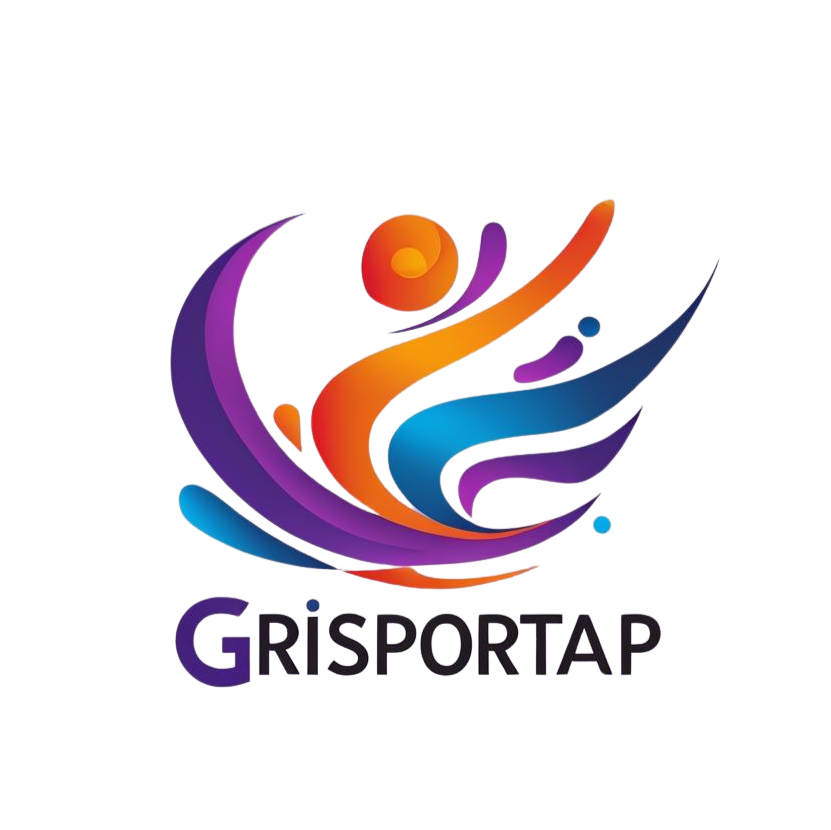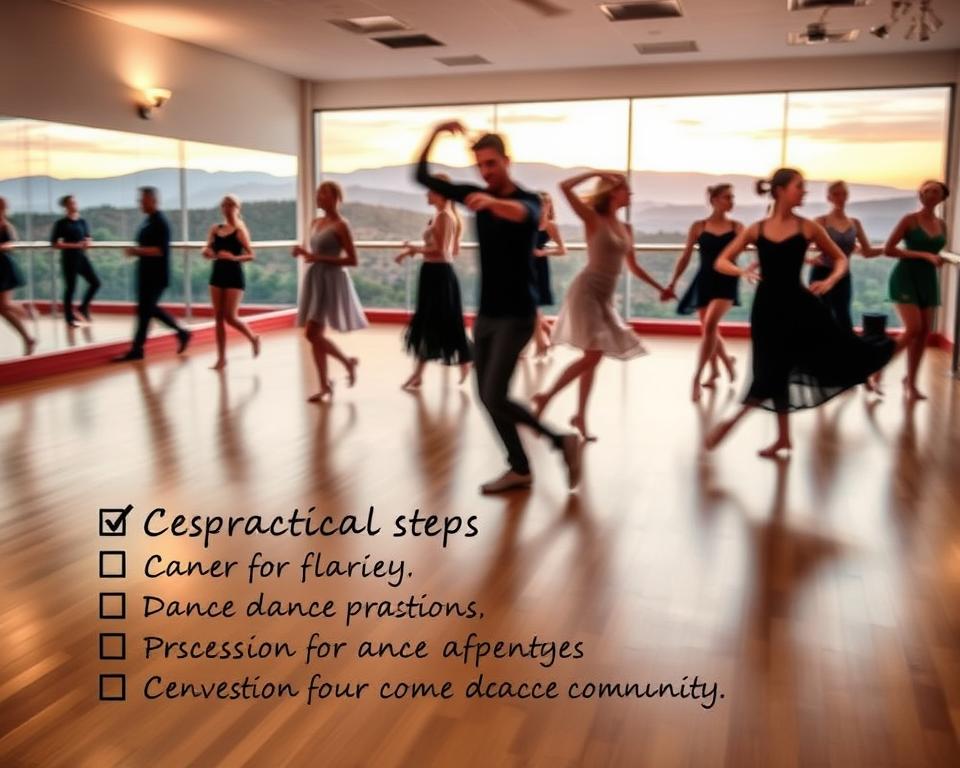Community trends 2025 may sound like a lot, but you can cut through the noise and act with care. Why should personalized experiences matter to you now? HubSpot reports that 80% of consumers prefer tailored experiences, so how you welcome people shapes trust and growth.
In this short report you’ll get clear, practical ideas for your programs this year. Hootsuite shows social platforms shifting toward entertainment and social listening, which helps measure real engagement beyond vanity metrics. The APA also points out how place-based shifts — from pet-friendly spaces to water limits — change where people meet.
You’ll find small experiments you can try, tips to protect privacy, and steps to measure progress. Stay curious, learn from trusted sources like HubSpot, Hootsuite, and APA, and prioritize member wellbeing as you plan for steady growth into the future.
Community trends 2025: What’s changing and why it matters
Look first at the larger forces driving change, then move to small, testable steps.
The macro shifts combine fast tech adoption, cultural change, and real-world infrastructure limits.
The macro shifts: Tech, culture, and infrastructure converging
AI and platform experimentation are changing how brands speak and how people expect to be heard. Hootsuite notes looser creative norms on Spaces like Threads and X, while the APA highlights water stress and aging public places that affect where people gather.
The micro shifts: Behavior, formats, and expectations
Formats are shorter, more conversational, and mood-led — what Hootsuite calls “vibe culture.” People want faster, more human interactions in channels they already use. Your content should match behavior, not force new flows.
“Use social listening as your base layer: validate interests, spot issues early, and choose which conversations deserve your time.”
- Test fast: run one small pilot next week and measure replies or RSVPs.
- Set guardrails: tone guides protect reputation while letting teams experiment.
- Measure beyond likes: track replies from priority segments and qualitative feedback.
How to read this report for strategy and execution
Read each section with two lenses: what quick test can you run next week, and what structural change will you plan this quarter?
Expect challenges like digital fatigue and skepticism of AI. Label automation, offer off-ramps to in-person interactions, and prioritize member value before brand exposure.
For tactical examples and management guidance, see the community management trends write-up.
AI and personalization: Smarter community operations with a human touch
Personalization powered by analytics turns vague outreach into meaningful, timely moments. HubSpot finds 80% of consumers prefer personalized experiences, so start by mapping member journeys and segmenting by interests, role, or lifecycle stage.
Hyper-personalized member journeys
Use analytics to tailor onboarding, event invites, and learning paths. Test small: send two variants of an email and measure replies or sign-ups. Treat results as directional insights, not promises.
Automation, moderation, and sentiment analysis
Apply chatbots for FAQs and routing so your team can handle high-empathy work like conflict or recognition. Deploy AI moderation and sentiment tools to flag risky posts, then escalate nuanced cases to human moderators.
Predictive insights and responsible bounds
Predictive models can suggest topics or content members may value. Validate these suggestions with quick surveys or A/B tests. Frame forecasts as guidance, never guarantees.
Where human oversight matters most
Balance is essential: keep tight data practices, collect only what you need, and document flows. Share changelogs when you add automation and keep a small cross-functional team to review edge cases and vendor compliance.
“Use automation to reduce friction, not to replace the human judgment that preserves your culture.”
- Map journeys and segment with analytics.
- Use chatbots for routine tasks; reserve humans for empathy.
- Combine moderation + human review for sensitive issues.
- Validate predictive ideas with surveys and tests.
Social media shifts: Creativity, listening, and performance mindset
Treat each platform as a lab: try short experiments that entertain and deliver measurable results. Platforms now favor content that educates, amuses, or informs — Hootsuite notes over 60% of social content aims to do this. That means you can loosen voice, but you must keep clear guardrails.
Creative disruption: Looser brand voice to entertain and inform
Let voice flex where it helps you connect. About 25% of organizations push 80–100% entertainment-driven posts, so test what fits your audience. Document what humor and topics are off-limits and set an escalation path for risky formats.
Outbound engagement: Commenting with intent and timeliness
Build an outbound playbook. Aim to reply within 24 hours. Keep comments between 10–99 characters and prioritize creators your audience trusts. When the original creator replies, engagement can rise by roughly 1.6x.
Social listening: From vanity metrics to ROI-ready insights
Use listening tools to move beyond likes. About 62% of teams use social listening and rank it a top priority. Pair mentions with conversion goals like sign-ups, replies from target segments, or attributed traffic.
Micro-virality: Smaller, audience-aligned wins beat trend-chasing
Chase audience-fit wins, not broad virality. Talkwalker shows sentiment turning against “going viral” as a goal. Small, repeatable hits build recall and trust more reliably than one-off spikes.
- Treat social media as a creative lab: loosen voice, keep safety rules clear.
- Outbound playbook: reply fast, 10–99 characters, prioritize trusted creators.
- Measure impact: pair listening with conversion signals and product or support follow-up.
- Plan capacity: many teams post 48–72 times per week — use templates and AI to scale without burnout.
“Use listening to decide when to engage or pass, and let small wins build long-term connections.”
Events are back: Hybrid and in-person experiences that build trust
Real-world gatherings anchored by digital follow-ups make engagement stick. In-person workshops and small meetups deepen relationships and give members a chance to co-create. Studies show 74% of attendees feel more connected to a brand after attending an event.
Local meetups and workshops that deepen relationships
Start small: host hands-on workshops in libraries, parks, or community centers. Let attendees lead show-and-tell segments and member spotlights to boost belonging.
Hybrid formats that extend access and continuity
Stream core sessions, save recordings, and run follow-up Q&As online so people who can’t attend still gain value. Use pre-event polls to pick topics tied to real pain points.
- Logistics: pick transit-friendly spaces, offer captions, and consider childcare stipends.
- Measure: track new faces, returning attendees, feedback, and peer-to-peer connections.
- Partner: work with local orgs for space or sponsorship to lower costs and widen reach.
“Treat each event as a sprint: close with resources in 24 hours and invite follow-on circles to keep momentum.”
Trust by design: Privacy, data security, and transparency
Trust starts with simple decisions about what you collect and why. Dimensional Research found 90% of consumers make data security a top concern when using online platforms. Make that reality your guide.

Member expectations and regulatory alignment
Align with GDPR and CCPA principles even if you aren’t legally required to. Collect only necessary fields, set clear retention periods, and respond to access or deletion requests promptly.
Practical steps you can apply now
- Minimize data: limit onboarding fields and ask for sensitive details only when needed.
- Pick secure platforms: choose vendors with certifications, admin controls, and audit logs.
- Make policies readable: publish plain-English summaries and notify members of changes.
- Audit and monitor: run quarterly permission reviews, map data flows, and keep an incident plan ready.
- Train your team: teach moderators safe handling of DMs and public posts, and watch social media for privacy concerns.
“Build trust with transparency: share how you protect members and how they can control their data.”
Place matters: Public spaces, water stress, and nature-based solutions
Where you design public life changes how people connect. Small choices—shade, water access, clear zones—make parks and plazas safer and more useful. APA planning data shows more U.S. households have pets than children and a 40% rise in dog park development from 2009–2020. Use that fact to justify pet-friendly amenities.
Third places that invite everyone
Add pet-focused features: shade, refill stations, and durable surfaces. Create quiet corners and active zones so different users can share space. Make paths and signage ADA-friendly to widen access.
Water limits and facility planning
Plan for drought and heat. Choose drought-tolerant landscaping, rain capture, and smart irrigation to lower strain on local supplies. If your area hosts AI data centers, push for transparency on cooling water and community benefit agreements.
Fungi-forward pilots for resilience
Test mycelium for pop-up benches, composting systems, or simple water filtration demos. U.S. mushroom sales hit $1.04 billion in 2023 and the market is poised to grow—so these pilots can scale.
“Design with small experiments: test shade, pet stations, or mycelium prototypes before you invest.”
- Test first: run pop-ups to measure demand and dwell time.
- Share data: publish usage and maintenance plans to build stewardship.
- Partner locally: work with parks departments and universities on low-cost pilots.
Work and wellbeing: Four-day weeks, right to disconnect, and digital fatigue
As four-day weeks spread, your engagement needs to fit new rhythms of work and rest. People are less likely to center identity on their jobs, so design touchpoints that respect varied schedules and personal boundaries.
Blended work-leisure patterns
Global pilots and U.S. surveys show strong support for shorter weeks and flexible hours. Australia’s right-to-disconnect law also signals that after-hours contact is increasingly unacceptable.
Practical step: stagger events and online times so members on different schedules can join without pressure.
Screen-light engagement for younger audiences
Reduce reliance on social media and heavy screens. Offer audio briefs, walking meetups, maker sessions, and arts or sports tie-ins to build skills with less scrolling.
- Keep posts concise and bundle updates to save time.
- Respect disconnect norms: avoid late-night pings and set clear response expectations.
- Use surveys to learn preferred cadence, then publish your schedule.
- Train moderators to spot fatigue and suggest low-friction ways to participate.
“Design participation so people can engage on their terms and protect their recovery time.”
Niche is normal: Micro-communities, authenticity, and human brand voice
Micro-groups let members work, learn, and share with others who truly get their interests. Small, focused groups drive deeper participation: about 44% of members are likelier to join interest-specific discussions. That matters when you want real engagement, not just passive follows.
Subgroups and creator partnerships
Map subgroups by interests, role, or region. Give each group a dedicated channel and a small, regular micro-event so people meet peers and contribute fast.
- Example: a weekly study circle for power users that shares templates and short demos.
- Micro-influencers: partner with niche creators to co-host AMAs or tutorials that feel native to their style.
- Keep it local: limit announcements to relevant members to respect attention and boost signal-to-noise.
Humanizing your brand
Show behind-the-scenes content: short process clips, tool snapshots, or a candid post about a mistake and the fix. That kind of transparency builds trust fast.
“When you admit mistakes and explain changes, members reward that honesty with loyalty.”
- Use a friendly, conversational voice across social media and forums.
- Make a simple voice guide with examples for humor, empathy, and boundaries.
- Spotlight member stories and credit creators to strengthen relationships.
Practical steps: tie subgroups to outcomes (resource hubs, project sprints), measure unique posters and peer replies, and prioritize quality over raw volume.
Equity and ethics: Community partnerships in the green transition
Equity in the green transition starts with listening to rights-holders before project plans are drawn. More than half of projects extracting materials for renewables sit on or near Indigenous land, and Indigenous peoples are linked to over a third of global environmental conflicts.
Balancing renewable demand with Indigenous rights and sovereignty
Start early: engage nations before permits are filed. Co-create consultation plans that cover cultural, environmental, and livelihood impacts.
Use cumulative impact assessments that look at water, biodiversity, and cultural sites. Publish findings in plain language and fund independent review.
Governance: land use, accountability, and shared benefits
Put terms into binding governance: monitoring, remediation, and transparent reporting. Design shared benefit agreements that prioritize training, local hiring, and long-term investments over one-time payments.
- Set advisory councils with real decision power and clear veto thresholds.
- Align contracts with national and international frameworks and keep grievance mechanisms accessible.
- Audit partnerships annually and communicate progress and setbacks with candor.
“Integrate Indigenous knowledge—like stewardship practices and species reintroduction—to improve environmental and socioeconomic outcomes.”
Face these challenges with humility, practical advocacy, and measurable steps that reduce conflict and increase positive impact. Treat equity as ongoing work, not a checklist.
Conclusion
Keep experiments small and practical. Try one test per pillar: a personalized onboarding, an outbound sprint on social media, a local meetup, or a privacy audit. Use listening and simple metrics to turn noise into meaningful insights.
Protect time and your team. Align cadence with member needs, use tools to free up human work, and credit members so your brands feel human. Measure replies, repeat attendance, and user-created content over vanity metrics.
Embrace equity and partner with local experts for tough topics like privacy, access, or land use. Stay curious, share learnings with adjacent functions, and seek qualified guidance when needed to scale fairly into the future.



